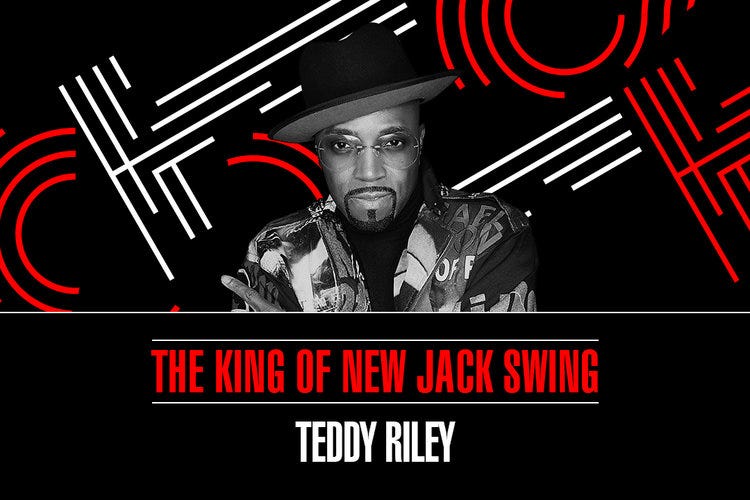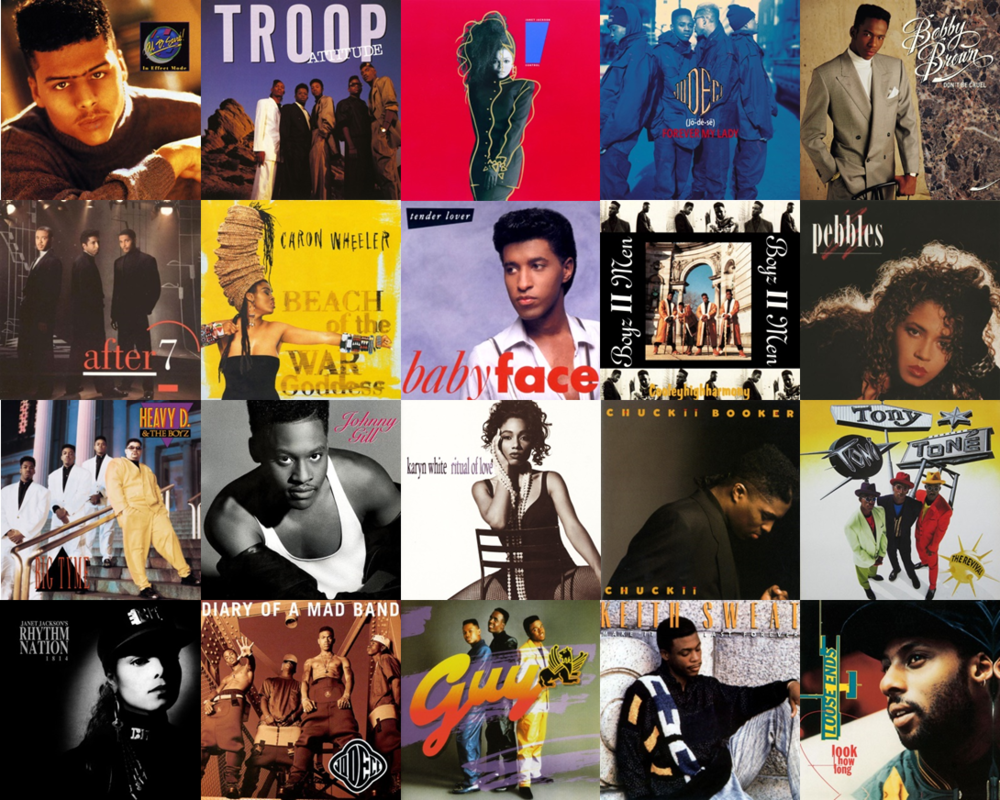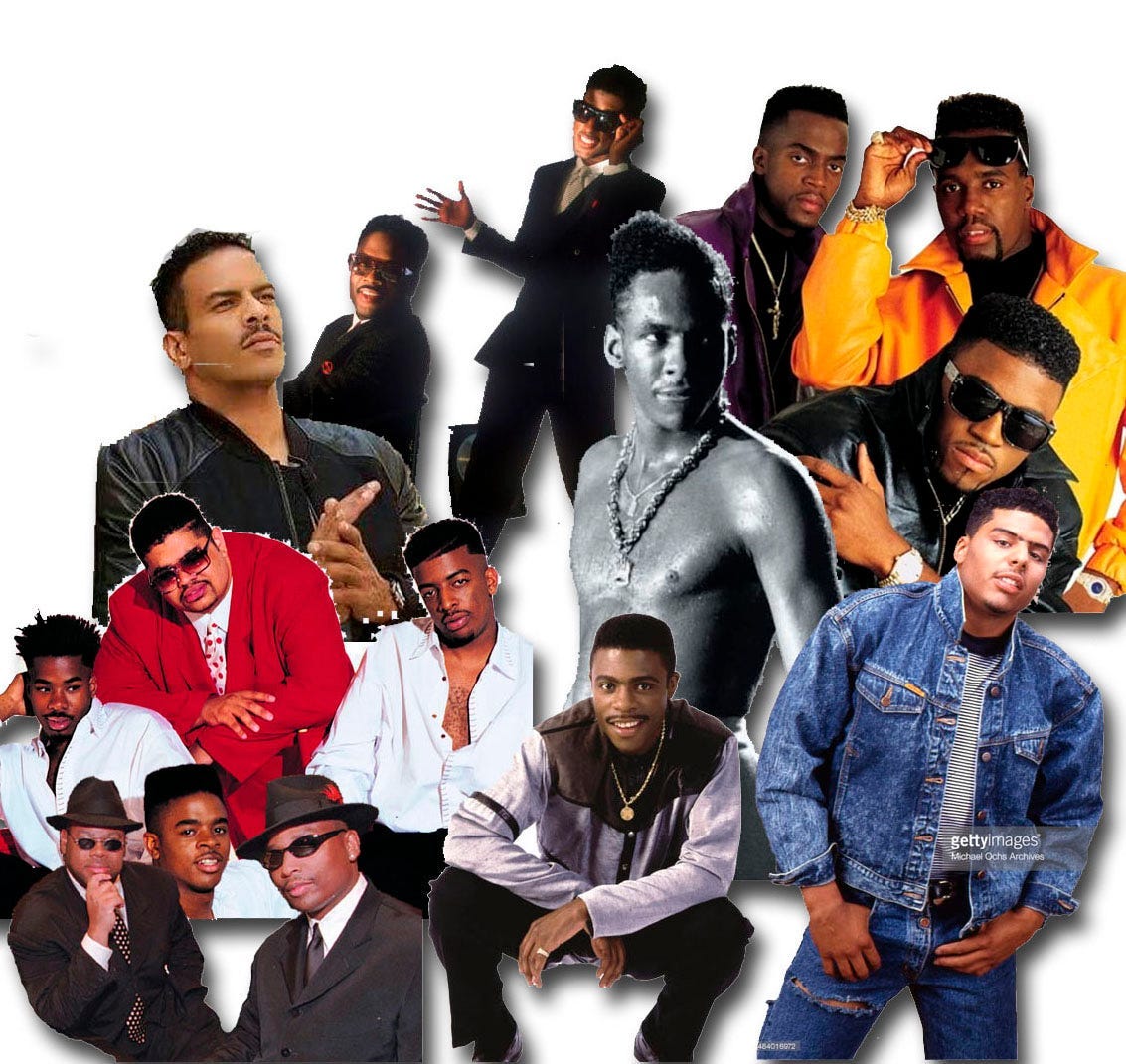The Lasting Impact of New Jack Swing on Music and Culture
The narrative of Harlem in the late ’80s is firmly etched in hip-hop history. The crack epidemic, a devastating public health crisis that disproportionately affected Black communities, was at its peak, and violence escalated as the epicenter of the Black cultural revival became intertwined with urban decay. Amid these turbulent times, a musical prodigy named Teddy Riley emerged, revolutionizing the soundscape. In a groundbreaking 1987 Village Voice article, writer Barry Michael Cooper aptly named Riley’s innovative style ‘New Jack Swing,’ propelling it into a powerful movement.
New Jack Swing, often referred to as new jack or swingbeat, is a dynamic fusion genre that seamlessly combines the rhythms and production techniques of hip-hop and dance-pop with the urban contemporary sound of R&B. It dominated the music scene from the late 1980s to the early 1990s, driven by the visionary efforts of producers like Teddy Riley, Bernard Belle, Jimmy Jam, and Terry Lewis.
Here are some critical facts about this groundbreaking genre:
1. Blend of genres: New Jack Swing combined the energy of hip-hop, the soul of R&B, the catchiness of pop, and the edge of rock.
2. Heavy use of synthesizers and keyboards.
3. Big, bold, and flashy fashion.
4. High-energy dance moves.
The New Jack Swing Sound
New Jack Swing's sound was defined by a distinct blend of musical elements, which set it apart from other genres of the time. Here are the critical sonic characteristics that defined New Jack Swing:
Instrumentation:
1. Prominent use of synthesizers (e.g., Roland Juno-106, Korg M1)
2. Electric and bass guitars with a funky, percussive tone
3. Drum machines (e.g., Roland TR-808, TR-909)
4. Horn sections and saxophone solos
Rhythmic and Production Elements:
1. Upbeat, dance-friendly tempos (often 100-120 BPM)
2. Syncopated drum patterns and snare drum emphasis
3. Heavy use of cowbell, tambourine, and other percussion
4. Funk-inspired basslines
5. Swing beats and shuffle rhythms
Vocal Styles:
1. Smooth, soulful lead vocals
2. Harmonies and backing vocals with a gospel-inspired flair
3. Rapped verses and sung choruses (blending hip-hop and R&B)
4. Call-and-response interactions between lead and backing vocalists
Sound Design and Effects:
1. Heavy use of reverb and delay effects
2. Vinyl crackle and tape hiss (adding warmth and texture)
3. Sound effects like synthesizer stabs, swooshes, and explosions
Influences:
1. Funk (e.g., Prince, Rick James)
2. Soul and R&B (e.g., Marvin Gaye, Stevie Wonder)
3. Hip-hop (e.g., Run-DMC, Beastie Boys)
4. Rock and pop (e.g., Michael Jackson, Prince)
Andre Harrell’s Role in the New Jack Swing Movement
Andre Harrell played a pivotal role in shaping the New Jack Swing movement. As the founder of Uptown Records, a key player in the R&B and hip-hop scene, he not only discovered and mentored many New Jack Swing artists, including Guy, Jodeci, and Mary J. Blige, but he also played a significant role in popularizing the genre and bringing it to mainstream audiences. His unique vision and business acumen helped establish New Jack Swing as a dominant force in the music industry.
The Cultural Impact of New Jack Swing
New Jack Swing profoundly impacted pop culture, influencing music, fashion, dance, and even television during its peak in the late 1980s and early 1990s. Here are some key areas where its influence was particularly notable:
1. Musical Fusion
New Jack Swing blended hip-hop and R&B, creating a sound that appealed to traditional R&B fans and attracted younger audiences to hip-hop and pop. This cross-genre appeal helped pave the way for future genres like contemporary R&B and trap music.
2. Fashion Trends
The distinctive style associated with New Jack Swing—including oversized jackets, bright colors, and baggy pants—left a lasting mark on fashion. Artists often sported flashy clothing and accessories, influencing mainstream fashion trends and streetwear during that era. The bold and flamboyant fashion choices of NJS artists became a symbol of the genre's larger-than-life persona, and their influence can still be seen in contemporary streetwear and urban fashion.
3. Dance Culture
High-energy dance moves were integral to New Jack Swing. The choreography from music videos and live performances inspired a new generation of dancers and contributed to the rise of dance culture in music. The influence can still be seen in contemporary dance styles today.
4. Music Videos
This era marked the rise of music videos as essential promotional tools. Artists like Bobby Brown and Janet Jackson used visually striking and narrative-driven videos to boost their songs, setting standards in the industry today.
5. Urban Music Mainstreaming
New Jack Swing was critical in bringing urban music to mainstream audiences. It was instrumental in breaking down racial barriers in the music industry, allowing for greater diversity in the artists featured on radio and television. This achievement inspires hope for continued progress and diversity in the music industry.
6. Cultural Icons
Artists from this genre, such as Bobby Brown, Keith Sweat, and Mary J. Blige, became cultural icons. They influenced subsequent music artists and shaped broader cultural conversations about love, relationships, and urban life.
7. Influence on Later Generations
The sounds and styles of New Jack Swing continue to reverberate in the work of modern musicians across genres, including R&B, hip-hop, and pop. Its legacy inspires artists today, creating a lasting footprint in popular music. The innovative production techniques, catchy melodies, and high-energy performances that defined NJS continue to influence contemporary music, demonstrating the enduring impact of this influential genre.
In summary, New Jack Swing was not just a musical movement; it reshaped various facets of pop culture, leaving an enduring legacy that continues to resonate in today's music and fashion landscapes.
The Legacy of New Jack Swing
New Jack Swing, a genre that emerged in the late 1980s and flourished in the early 1990s, still significantly influences contemporary music and culture. Its distinctive sound and style shape various domains, extending its legacy across multiple domains.
1. Musical Evolution
New Jack Swing revolutionized R&B by blending elements of hip-hop with traditional rhythm and blues. This innovative fusion attracted a diverse audience and set the stage for the evolution of contemporary R&B, hip-hop, and even genres like trap music. Artists today frequently draw inspiration from its distinct rhythms and production techniques, creating a sense of connection to this musical evolution.
2. Fashion Impact
The fashion of the New Jack Swing era, characterized by oversized jackets, vibrant colors, and baggy pants, has had a lasting impact on modern streetwear. Popularized during the NJS era, these styles continue to influence contemporary fashion, demonstrating the lasting allure of this bold fashion statement that defined an entire generation.
3. Dance Influence
The dynamic dance moves popularized by New Jack Swing have profoundly affected dance culture. Choreography from that era continues to inspire dancers. It is reflected in the energetic performances of today’s artists, ensuring that the spirit of New Jack Swing lives on in current dance trends.
4. Music Video Culture
The era also saw the rise of the music video as an essential promotional tool. Artists like Janet Jackson and Bobby Brown crafted visually engaging narratives, which shaped how music was marketed. The standards set during this time continue to influence how music videos are produced and consumed in the digital age.
5. Mainstream Acceptance of Urban Music
New Jack Swing played a pivotal role in mainstreaming urban music, helping to dismantle racial barriers in the music industry. It facilitated a broader acceptance of diverse musical genres, allowing artists from various backgrounds to succeed on radio and television.
6. Cultural Icons
Key figures from the New Jack Swing movement, such as Bobby Brown, Mary J. Blige, and Keith Sweat, emerged as cultural icons. Their music and public personas contributed to the discourse around relationships, love, and urban life, making lasting impacts that resonate with audiences today.
7. Enduring Influence
The sounds and aesthetics of New Jack Swing can still be heard in modern music. Current artists across multiple genres often incorporate elements reminiscent of this style, reflecting its importance in shaping pop music's evolution.
Conclusion
New Jack Swing was more than just a fleeting trend; it was a transformative force in pop culture. Its influence permeates music, fashion, dance, and social discourse, ensuring its legacy remains vital to today's cultural fabric.
By Shamarie Knight








